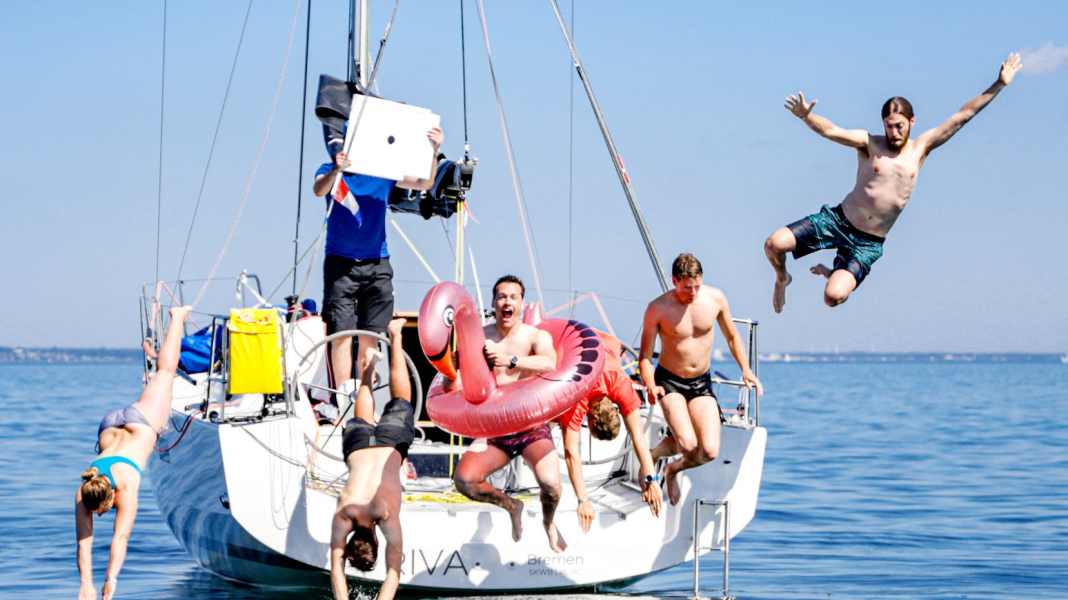
Although infections with vibrios in the Baltic Sea are rare, they can be life-threatening, especially for older people with pre-existing conditions. We reported two deaths last year. In order to better protect bathers, the Leibniz Institute for Baltic Sea Research Warnemünde (IOW) is now developing an innovative early warning system. Microbiologist Matthias Labrenz and his team have been regularly taking and analysing water samples at 15 locations between Rostock and Heiligendamm for over a year. The results should help to better predict the occurrence of dangerous bacteria.
With the help of a drone camera, increased vibrio occurrences are to be recognised from 2026. "If it flies over a beach, it can measure the spectral colours and thus show whether there is an increase in blue-green algae," Labrenz explained to NDR. A short time later, more vibrio ions can be expected, as these feed on dying blue-green algae. The drone will send the data to the IOW via a satellite, where it will be analysed within a few minutes using artificial intelligence.
About vibrios
Vibrions are multiplying increasingly in the Baltic Sea as water temperatures rise. There is no reason for healthy people to panic, but risk groups should be careful.
In recent years, vibrios have been increasingly detected in the Baltic Sea and other bodies of water such as the Grevelingenmeer in the Netherlands. These bacteria thrive particularly well in water temperatures above 20 degrees and in waters with a medium salt content. Both apply to the areas mentioned. In the Baltic Sea in particular, the water temperature has risen continuously in recent years, meaning that the vibrios are also feeling increasingly at home in more northerly climes. For healthy people with an intact immune system, however, there is no need to worry when swimming or doing water sports.
Infection risks and symptoms
Vibrions can enter the body via open wounds such as cuts, scratches or abrasions. One noticeable symptom of an infection is unusually severe pain, even with minor injuries. In such cases, a doctor should be consulted immediately. If recognised early, a vibrio infection can usually be treated well with antibiotics. Healthy people with an intact immune system have a low risk of infection, but should still be vigilant.
Precautionary measures for water sports enthusiasts
It is important for water sports enthusiasts and swimmers to treat minor wounds carefully and keep an eye on them. Scratches, cuts or abrasions should be thoroughly cleaned, disinfected and covered with a plaster. The injured area should then be checked regularly. If the wound is healing normally, the pain, redness and swelling should subside. The wound should be dry after a few days at the latest. If this is not the case or if there is unusually severe pain, a visit to the doctor is recommended to avoid complications.
Risk groups
Particular caution is advised for people with weakened immune systems, chronic illnesses or open wounds. These risk groups should be particularly vigilant in water temperatures above 20 degrees and, if in doubt, refrain from swimming. For the general public, however, there is no need to panic. With the right precautions, water sports enthusiasts and bathers can enjoy the Baltic Sea safely even in warmer temperatures. Overall, it appears that although the spread of vibrios in the Baltic Sea is increasing, this does not pose an acute health risk for most people.
